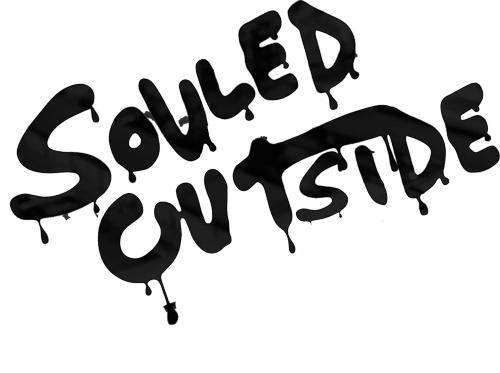I looked up through the ruins of the red keep. Clouds floated where kings had tread.
It was a sight I expected to see beyond the wall, where the crumbling castles of Scotland bear the scars of a war for independence fought seven hundred years ago. Here, the blue flag flies in defiance of the land to the south. Here, names like Robert the Bruce and William Wallace reverberate through time like Lincoln and Washington do at home.
I always knew I’d find crumbling stones in Scotland. But I didn’t know I’d find a connection with them.
“A tombstone in the church shows a knightly sword and shield with the three stars of Moray,” read the inscription. “In 1242,” read another. “Sir Walter of Moray began constructing this formidable castle.”
At that moment, two things happened: my jaw hit the floor, and my phone pinged with a message from the parking lot. Conor had gotten our car stuck in the mud while the bones of family history were falling from the walls. “Forget the Englishman,” I thought. “Soak it in for now.”

Growing up, I’d heard the stories from my step brothers—three boys bearing the last name Morey. They’d drone on about lost kingdoms in Scotland, about castles and broad swords and men of great deeds; all of which seemed convenient, if I’m honest, but who knew if it was true?
“The name changed from an ‘a’ to an ‘e’ in America,” they’d say.
And if that’s true, big brothers, your castle is real.
I found it by accident.
Glasgow sits two hours north of Hadrian’s Wall. It’s a city full of tattoo shops, barbed wire, pubs, and the ruins of Bothwell Castle. Neither Conor nor I had ever heard of Bothwell, but as he called for a tow truck outside, I was getting a quick history lesson of the fort inside. The place was a massive, formidable stronghold that fought in a time before gunpowder.
The U.K. plays fast and loose with the word, “castle”, naming almost any large home with a tower as one. But this place was no country estate and no political palace. Bothwell was a tower for war.

And while the castle passed from the Moray’s to another family through marriage, they laid the foundation.
Now, the red keep sits as a weathered welcome banner to Scotland. Though it’s overlooked now, Glasgow has grown up around its walls, bringing with it the M74 and a superhighway connection to England. If you push your friends’ car out of the mud, the M74 will take you north, under statues of Bruce and Wallace at Stirling, and into the heart of the highlands.
That’s where we’ll be for the next three days.
We’re only just through the doorway of Scotland, but already, the welcome mat is spectacular…and Scotland is just beginning to seem real.

Editor’s notes: We end the day 360 miles further north, having passed through Glasgow and Stirling, then into Cairngorms National Park and Inverness. I’ve seen some surreal places on this planet, but nothing quite like the scene engulfing the A9 in Cairngorms. Honestly, I’ve got nothing I can compare it to; it’s an otherworldly panorama that anyone with a car can get to—no hiking needed.
Make the trip if you can.
Special shoutout to Jon from Glasgow for helping us push Conor’s car out of the mud today. An extra special thanks to the colleagues, coworkers, friends and family who have chipped in to the gas fund this week. Every bit helps, and every bit puts your name in the hat to win great prizes like shirts, koozies, camera gear and travel bags.
Something unique about Glasgow—the city seems to embrace its gritty vibe. It’s not unlike Memphis, in a way. More than one local told us to check out the derelict buildings for photography. They see them as an asset to the city. We didn’t have time to stop for them, and that’s a shame…but that’s one more thing to look forward to, right?










